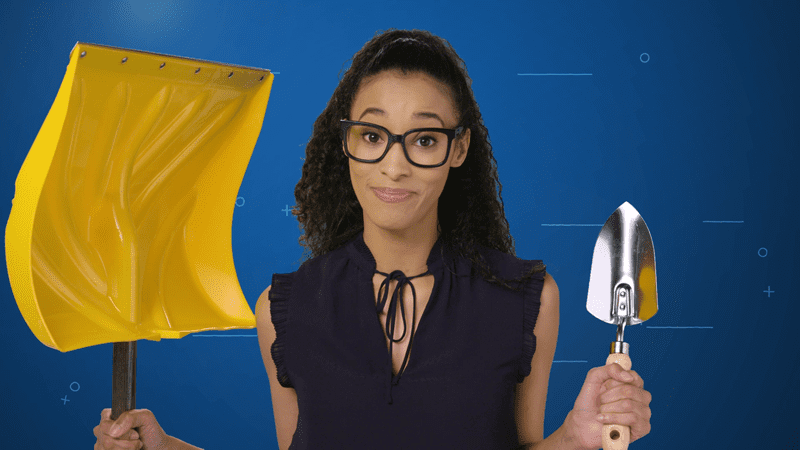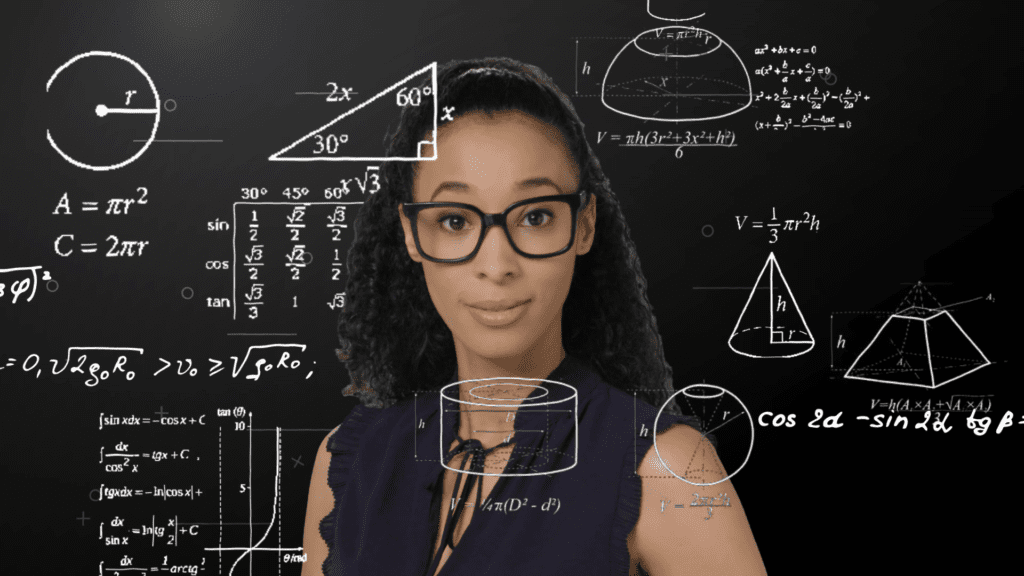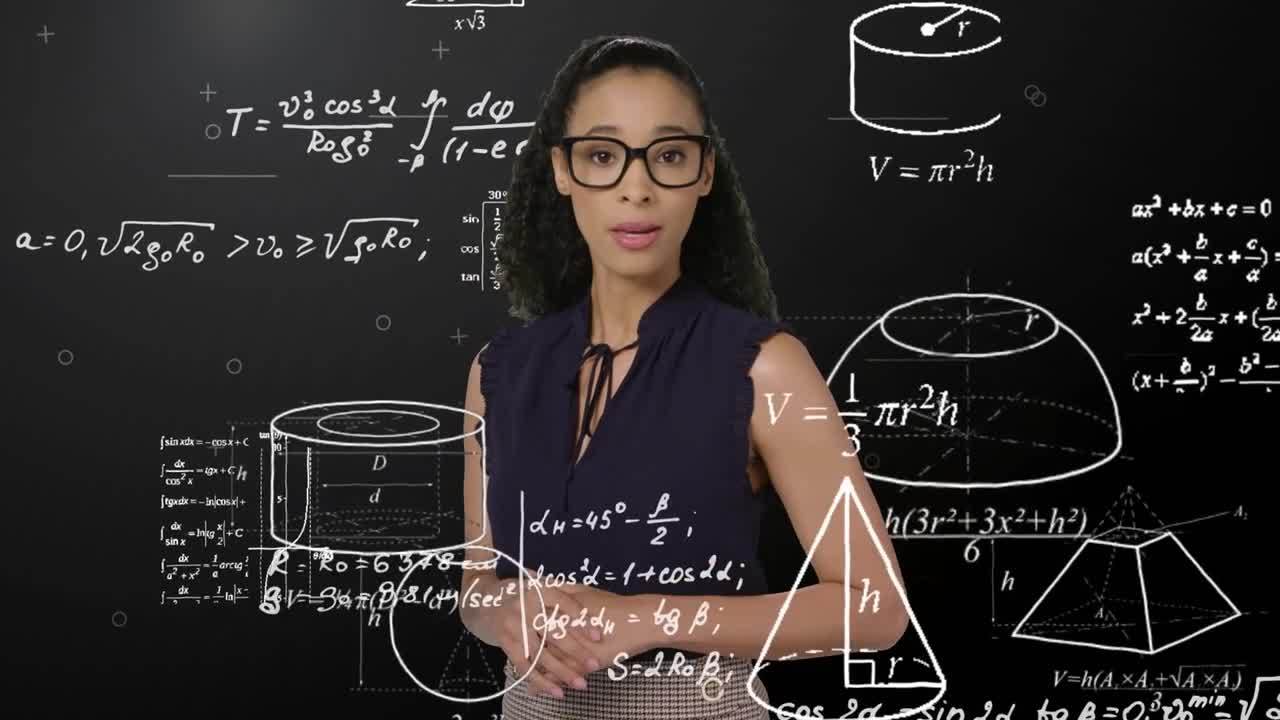Query Intent Classification: How Does the Internet Know What I Mean?
Query Intent Classification helps the computer understand the user’s specific intent when conducting a search. This technique relies on a set of training data that is imported into the neural network for analysis and deep learning. Then, the next time a similar user with a similar history starts a search, the system better understands the true intent of the search.
You can binge-watch all of season two or jump on back to watch season one.
Subscribe to the Lucid Thoughts channel and be sure to leave your questions and comments on each video.
Transcript:
There’s a big difference in the shovel you need in December and the shovel you need in May.
But how does the internet know that?

Gonna ruin my petunias…
Our search terms can easily be misunderstood – like when I was shopping for my Halloween costume.
This search or “query” could have easily been for the classic song, but by analyzing my recent searches, it’s easy to see I’m creating a killer Elvis costume.
This is called “query intent classification.” Let’s take a closer look with our shovel debacle.
When I search for “shovel,” how does the internet know if I have snow to shovel or petunias to plant?
Well… it could be a complex set of hand-written rules and recommendations that employ signals, data points, and user segments to pinpoint results for snow shovels around Madison, Wisconsin in mid-December.
OR
Have the computer use a technique called Query Intent Classification to predict what users mean.

This can be more practical than rules – especially when you have lots of products, lots of users and too many rules to keep current.
Instead, you start with a set of training data, which is essentially a profile of user searches and user context (like location or month) and what they eventually clicked on.
You take all this information and put it straight into your neural network for analysis and deep learning.
Then the next time a similar user with a similar history starts a search, the system will automatically boost the intended results.
This one neural network helps avoid hand-constructing rules, complex algorithms, potential human error, and overall headaches.
Now you can get to planting those petunias. (unenthusiastically) Yay.
